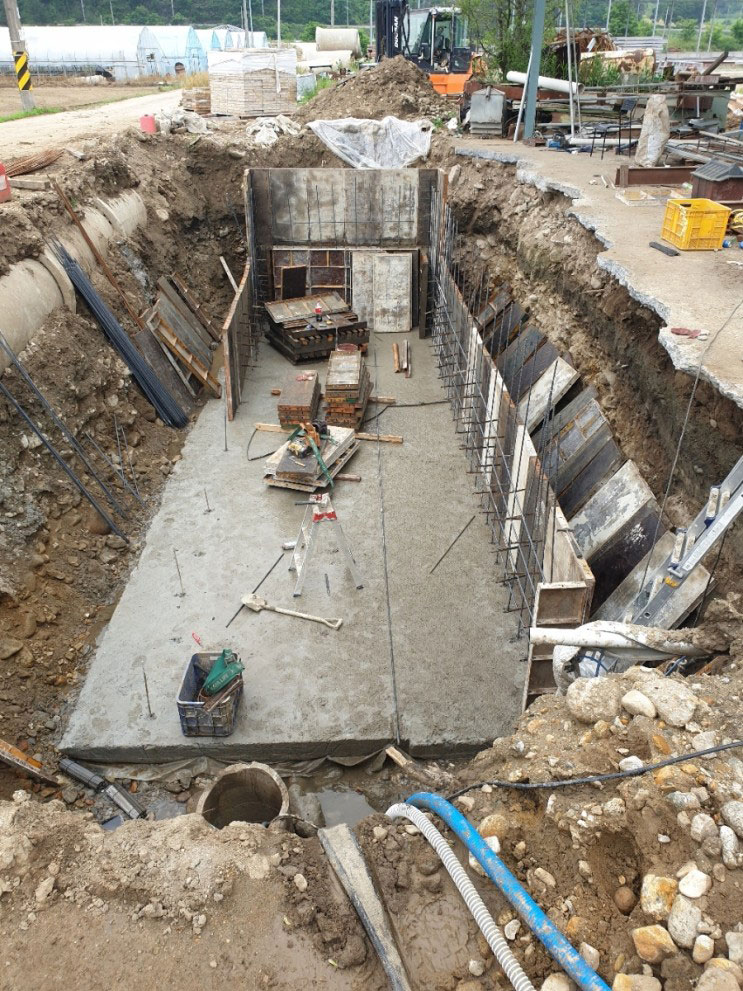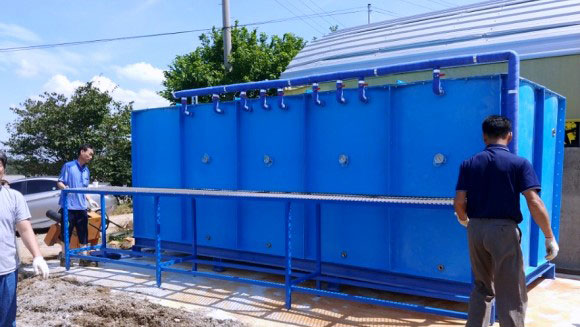Share this page
Strengthen the criteria for managing wash water on dairy farms
Preserving water resources and improving consumer perception by improving water quality in dairy and livestock wastewater


Alignment with SDGs
AUTHOR
Byung Gab Son Korea Dairy Committee (IDF Korea) • Republic of Korea
Abstract
Due to the limited area of pastureland in Korea, the Korean dairy sector manages a dense dairy agriculture. Therefore, the management of wastewater after milking is very important to maintain an adequate environmental welfare. To achieve this, milk producers are working closely with the Korean Government to manage and treat livestock effluents in a special way that is adapted to the particularities of the Korean dairy sector.
Water used during milking, cleaning and disinfection of the milking parlour and water used for livestock care are considered critical sources of contamination for the rivers and the surrounding environment. Korean civil society and consumers, with the support of local governments and dairy-related organizations, have facilitated the introduction of a measure in 2012 to strengthen the quality of washing water to a level similar to that of industrial wastewater. Dairy farms must now have a nitrogen management programme in place to maintain nitrogen levels on 120mg/litre. Criteria in the following categories, such as biochemical oxygen demand (BOD), total organic carbon (TOC) content, suspended solid (SS) and total nitrogen (T-N) are also being considered.
The development of wash water disposal facilities established by the Korean government has proved successful and meets the convenience of milk producers. Most dairy farmers have already installed the facility or plan to install it by 2024, despite the high installation cost of $30,000 to $40,000.
Moving the wheel
Following the establishment of extensive countermeasures in advanced livestock manure management in 2012, the Government has been strengthening the level of effluent each year in stages. Continued advocacy and political support from the central and local governments in Korea, and the positive perception by dairy farmers of the quality of wastewater has resulted in a great improvement in water quality, which has motivated other farmers to install wastewater disposal facilities. By 2024, each farm will be equipped with sanitary facilities.
By 2024, every farm will be equipped with the sanitation facilities.
Byung Gab Son Tweet
A valuable initiative
This ongoing initiative aims to further improve the quality of livestock effluent. In addition, the semi-automatic sanitary facilities are convenient for the use of livestock farmers, which allows for labour savings in the treatment of effluents.
The initiative also aims to increase confidence in the Korean dairy sector by supporting job creation and the vitalisation of industries around the dairy sector. The Korean dairy sector believes that it could strengthen the self-sufficiency of domestic dairy products and contribute to improving food security and nutrition in Korea.


New opportunities
The higher quality of domestic dairy products in Korea provides opportunities for domestic dairy processors to access markets and offer new products in the South-East Asia regions, such as China and Viet Nam.
More information
on the Act on the Management and Use of Livestock Excreta here.






